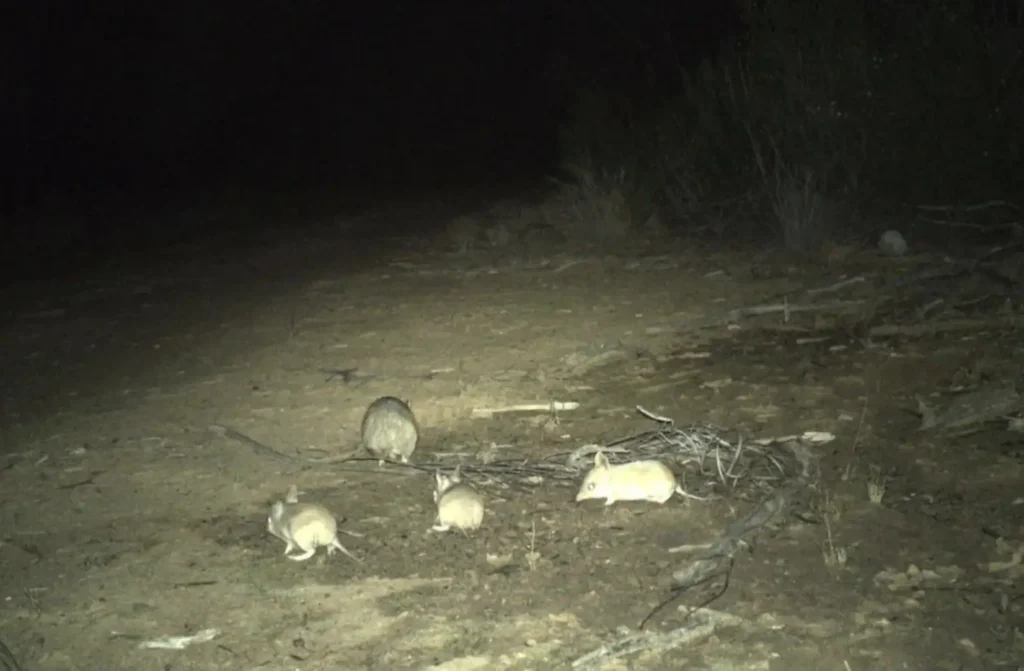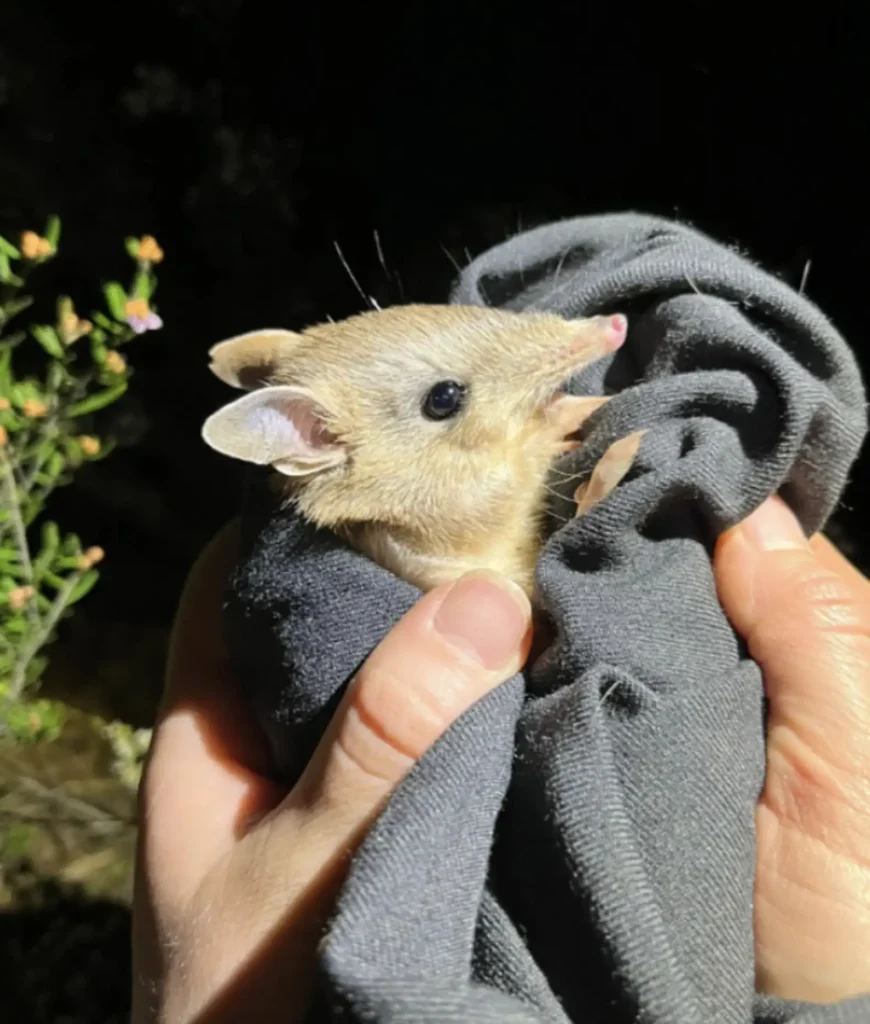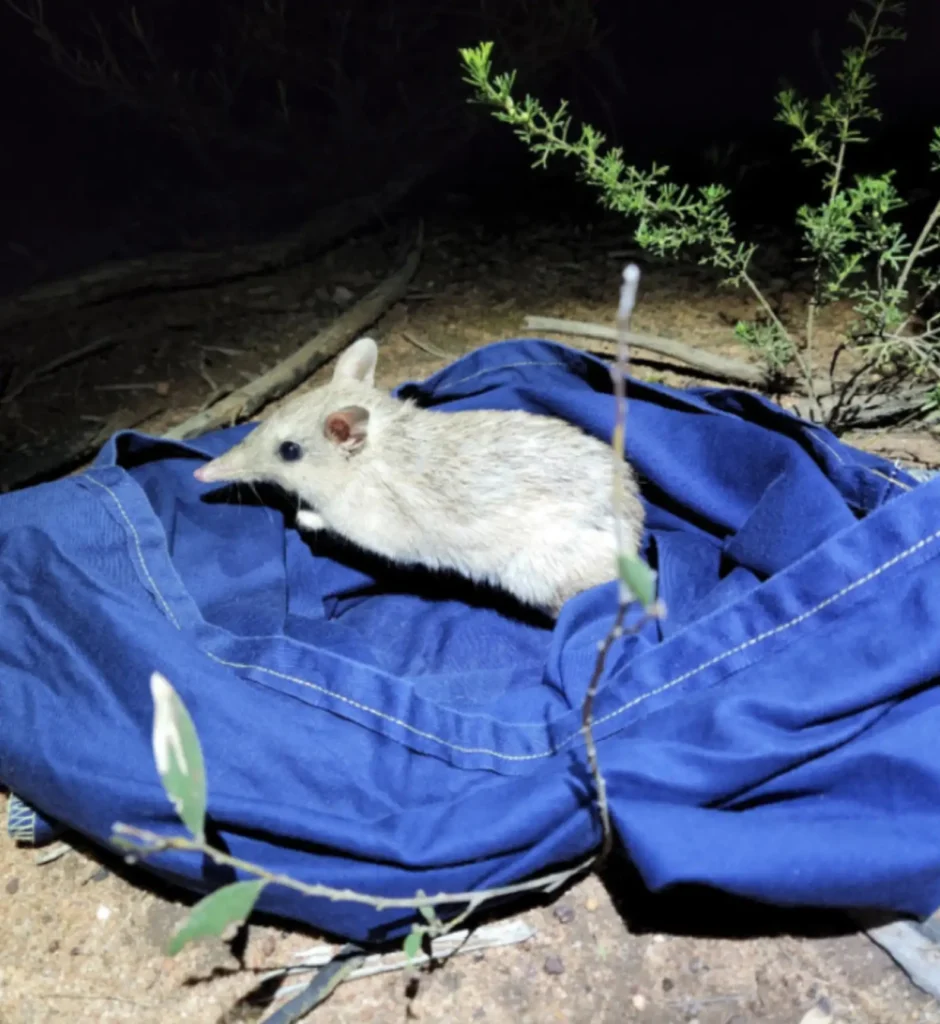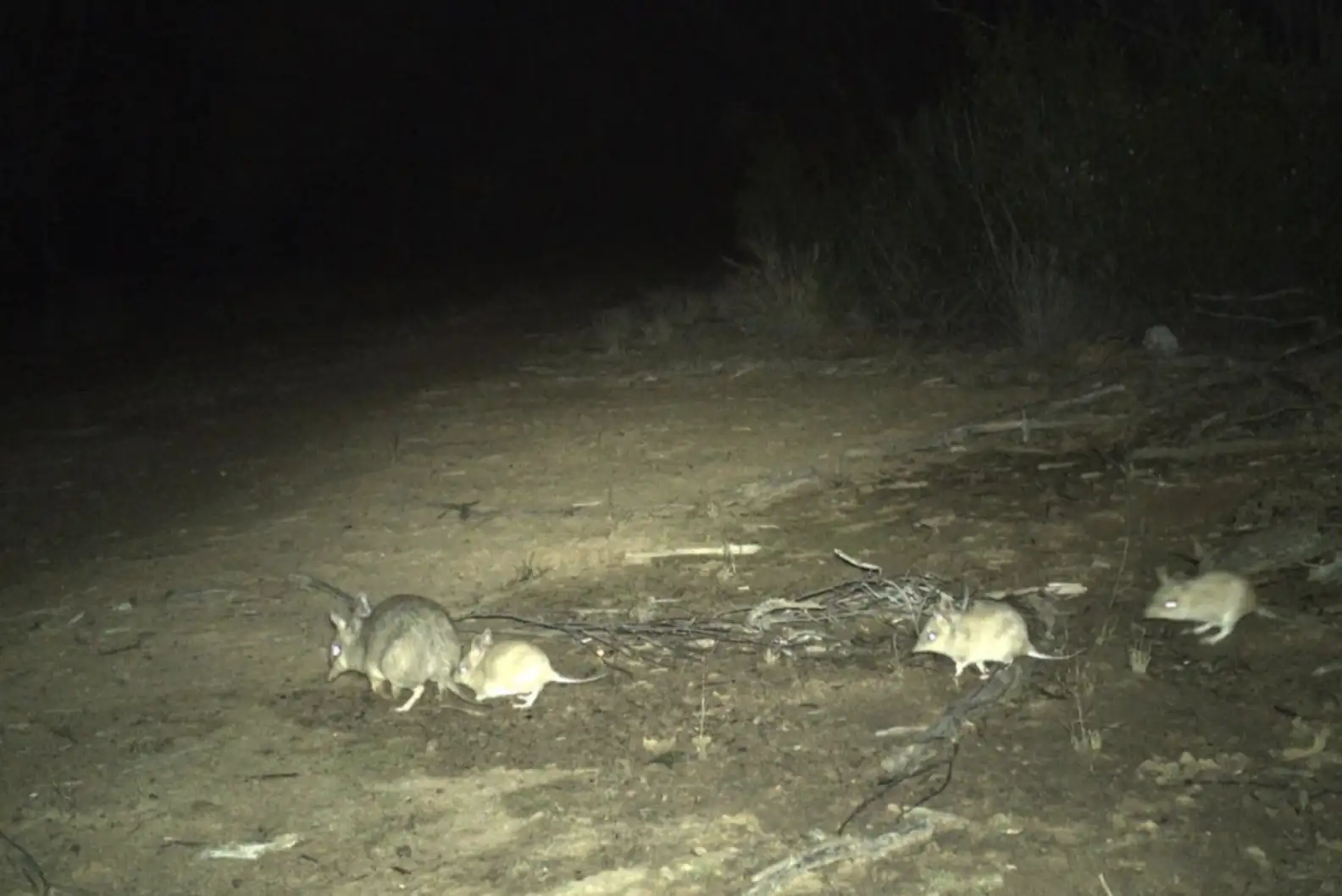“It definitely made our day …”
Family Found! Once-Extinct Bandicoots Spotted Thriving in the Wild
At the Pilliga State Conservation Area in New South Wales, Australia, an incredible wildlife comeback is unfolding — and it’s all thanks to the dedicated efforts of the Australian Wildlife Conservancy (AWC) and NSW National Parks and Wildlife Service (NPWS).
Two years ago, conservationists released 60 endangered Shark Bay bandicoots into the protected parkland as part of AWC’s mammal reintroduction program, hoping to revive a species that had been locally extinct for 150 years.

Now, their efforts are bearing fruit — or in this case, bandicoot babies.
“It definitely made our day,” said AWC field ecologist Maisie Duffin, after discovering motion sensor camera images of a mother bandicoot and her three young scampering across the Pilliga.
Tiny Marsupials with a Big Role
Also known as western barred bandicoots or marls, Shark Bay bandicoots are the smallest of their kind. These nocturnal omnivores are known for their distinctive galloping gait and long noses, which they use to forage for roots, insects, and small vertebrates hidden in the soil.

More than just adorable, bandicoots are ecosystem engineers — their digging helps break down leaf litter, recycle nutrients, and enrich soil health, making them crucial to Australia’s fragile environment.
Once widespread across north-west NSW, these marsupials vanished after invasive predators like cats and foxes were introduced to the region.
Signs of Hope

Spotting a bandicoot family on camera marks a significant milestone for the reintroduction program.
“The bandicoot family portrait is one of many signs that the population is experiencing a smooth transition to its new home,” AWC said in a press release.
Ecologists will continue monitoring the population, tracking health, growth, and survival rates over the coming years. Early signs point to a strong start toward a self-sustaining wild population.
“Having been involved in the initial reintroduction … it is exciting to see them now breeding,” said David Kelly, NPWS threatened species manager. “It’s a promising sign that they are well on their way to establishing a viable, self-sustaining population.”
